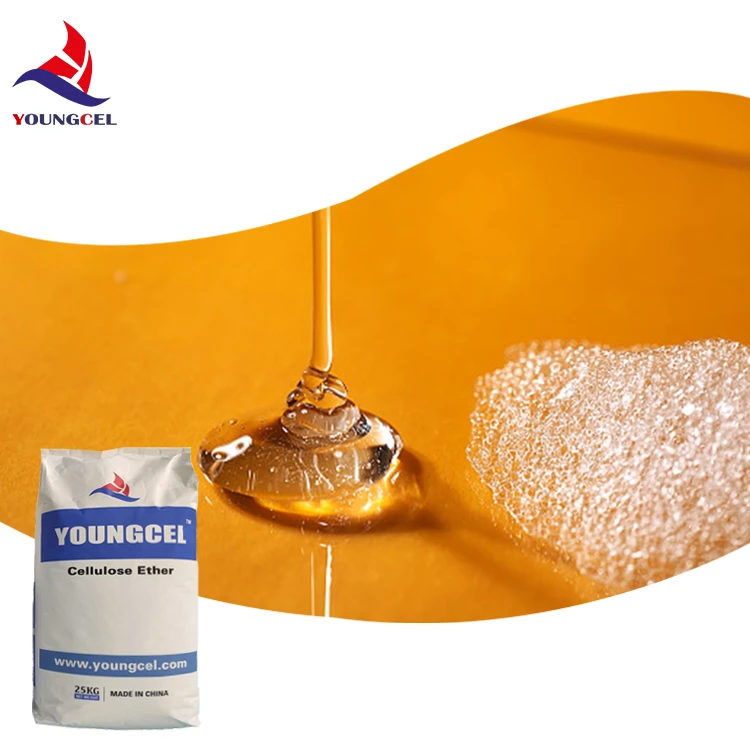The Role of Cellulose Binders in Modern Applications
Cellulose binders have emerged as vital components in various industrial applications, from pharmaceuticals to food production and beyond. Derived from cellulose, which is a natural polymer found in the cell walls of plants, these binders offer a sustainable, biodegradable alternative to synthetic binders. As industries increasingly seek to adopt eco-friendly practices, cellulose binders play an essential role in achieving both functionality and sustainability.
What Are Cellulose Binders?
Cellulose binders are essentially thickening agents or adhesives derived from cellulose, a biopolymer. They can be in the form of carboxymethyl cellulose (CMC), hydroxypropyl methylcellulose (HPMC), or microcrystalline cellulose (MCC), each with its unique properties and applications. The water-soluble characteristics of these binders make them particularly advantageous in formulations, as they can effectively stabilize, thicken, and bind various components together.
Applications in Pharmaceuticals
In the pharmaceutical industry, cellulose binders have proven indispensable. They serve as excipients in tablets and capsules, facilitating the cohesive properties needed during the manufacturing process. The ability of cellulose binders to provide superior binding in powder formulations ensures that tablets maintain their shape and integrity during handling and transportation.
Moreover, cellulose binders also play a crucial role in controlled drug release systems. By modulating the viscosity of the drug formulation, these binders can influence the release rates of active pharmaceutical ingredients (APIs), thereby enhancing therapeutic efficacy and patient adherence to treatment regimens.
Food Industry Utilization
cellulose binder

In the food industry, cellulose binders are widely used as stabilizers, emulsifiers, and thickening agents. They contribute to the texture and mouthfeel of a variety of products, including sauces, dressings, and dairy items. Furthermore, because cellulose is sourced from plants, incorporating these binders aligns with consumer preferences for natural ingredients over synthetic additives.
Cellulose binders also enhance the shelf life of food products by preventing spoilage and maintaining moisture. Their capacity to bind water and oil is particularly advantageous in low-fat and gluten-free products, where maintaining consistency and texture is often a challenge.
Environmental Considerations
As the demand for eco-friendly and sustainable materials rises, cellulose binders stand out as a preferable alternative to petroleum-based polymers. Being biodegradable, they contribute significantly to reducing plastic waste and enhancing the sustainability profiles of products. Industries are under increasing pressure to meet environmental regulations and consumer demands for greener options, and cellulose binders help facilitate this transition.
In addition, the agriculture sector benefits from cellulose binders, particularly in the production of bioplastics, where they provide a sustainable option in comparison to conventional plastic methods. These innovations not only serve current demands but also pave the way for a more sustainable future.
Conclusion
In conclusion, cellulose binders are multifunctional agents that are increasingly indispensable across various sectors. Their applications in pharmaceuticals, food production, and environmentally sustainable innovations highlight their versatility and importance. As the world shifts towards more sustainable practices, the role of cellulose binders will likely continue to grow, supporting industries in meeting both functional needs and environmental responsibilities. Whether in ensuring pharmaceutical efficacy or enhancing food quality, cellulose binders embody the intersection of innovation and sustainability in modern applications. As research and development advance, we can expect to see even more innovative uses that leverage the unique properties of this natural polymer, shaping a greener future for all.
-
The Application and Significance of Construction RdpNewsMay.19,2025
-
Industrial Grade HpmcNewsMay.19,2025
-
Building Coating Adhesive Building Coating Adhesive HpmcNewsMay.19,2025
-
Application Of Hpmc For Detergent For Detergent In DetergentsNewsMay.19,2025
-
Application Of Hpmc Cellulose In Cement-Based MaterialsNewsMay.19,2025
-
Application Of High Quality Hpmc For Construction In The Field Of ConstructionNewsMay.19,2025




